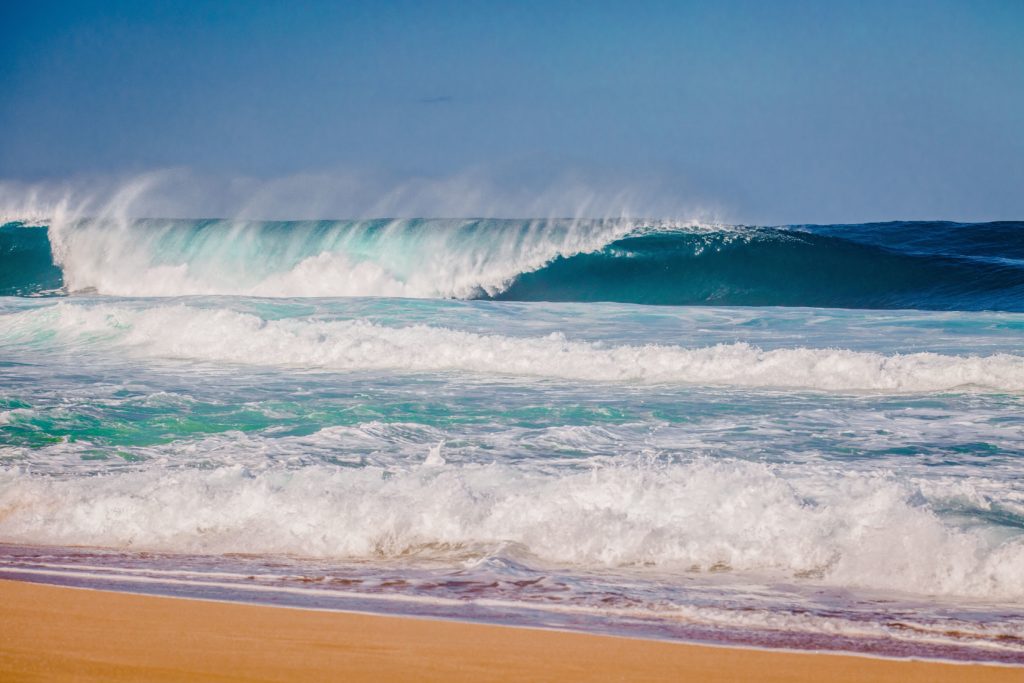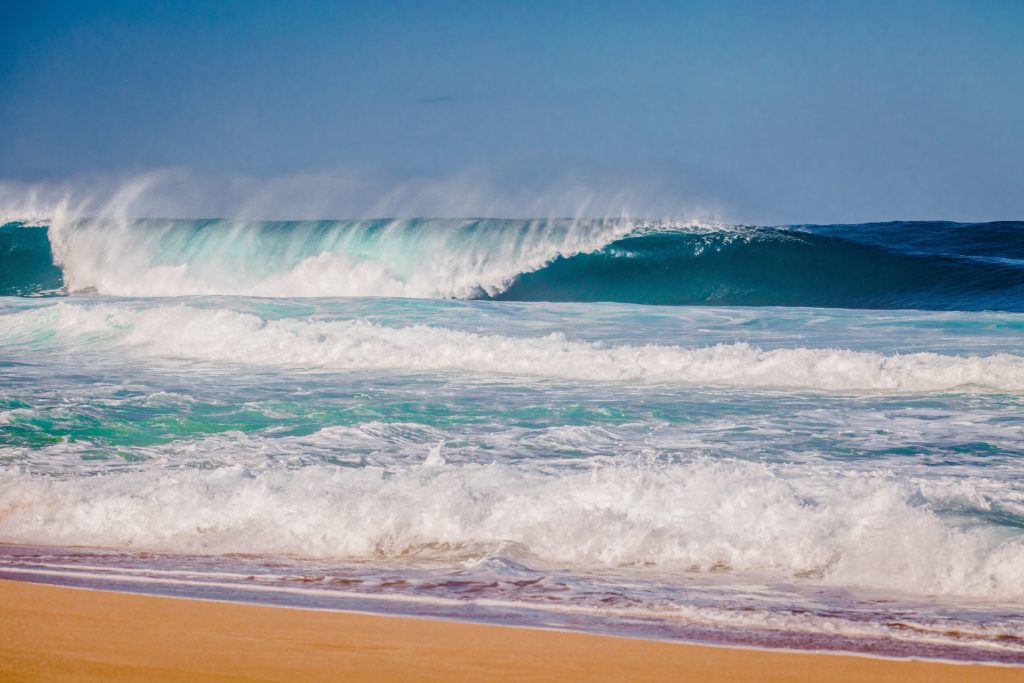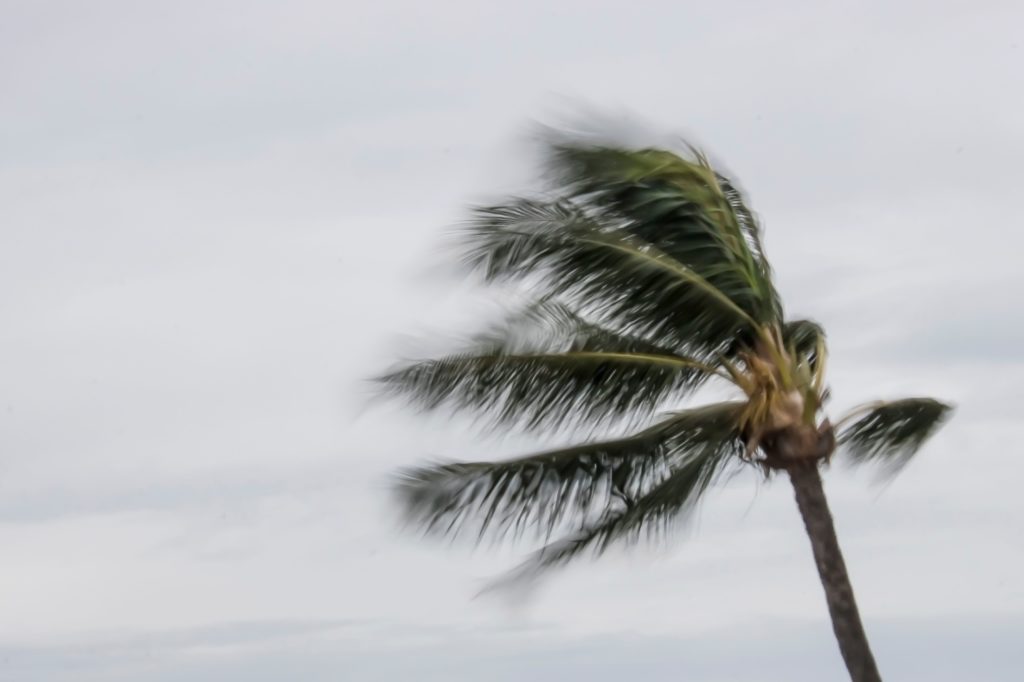Weather in Hawaii

Warm and Humid Weather in Hawaii
Are you wondering about the weather in Hawaii? We all know that the Hawaiian Islands sit in the South Pacific Ocean and are generally humid and tropical all year round. However, many of us may be curious about how weather patterns are created, how ocean waves are impacted by the season, and what dangerous weather conditions can impact the Aloha State.
Hawaii has two seasons—summer and winter. The summer season, with temperatures averaging 85 degrees F, runs from May to October. Winter begins in November and ends in April, with average temperatures at sea level sitting at around 78 degrees F.
More rain falls during the winter season. However, Hawaii sees rain all year long, and on rainy winter days, you’ll almost always find some sunshine at some portion of your island. That being said, flash flooding is most likely during the wetter winter season. If you plan to visit during these months, and you encounter a flooded roadway, be sure not to drive into the water. Vehicle related flash flood deaths occur every year in Hawaii.
Trade winds from the North Pacific force cooler air over the volcanic peaks, creating rain clouds. This produces rain, which lead to a humid, tropical island experience.
While weather in Hawaii is generally warm and humid, hikers or volcano sight seers may experience cool or even cold temperatures on volcanic peaks far above sea level. If you plan to ascend, bring pants and a coat for the journey.
If you’re curious what that weather looks like on any particular island, check the Hawaii government website for up to date information.
Surf by Season

Hawaiian winter is the best time for professional and expert surfers to experience epic waves rolling into shore. Between November and February, waves can swell up to 30 feet high, which can produce dangerous but also exciting surfing opportunities.
Summer is a better time for amateur surfers to enjoy wake boarding or try out surfing. However, surf varies during the year. North facing shorelines experience higher waves in the winter, and waves are higher on south facing shorelines in the summer.
Hurricane Season

August and September are peak hurricane season for the Hawaiian Islands, although hurricanes can happen anytime between June and November. However, only one hurricane has ever hit Hawaii directly. Even if a hurricane fails to make landfall, it can still create wind, rain, and unpleasant weather conditions.
While it’s important to be aware of weather risks, many vacationers choose to travel during these months. Rainfall totals are low in August, which entices visitors to check out the islands during this time even though hurricanes are sometimes in the forecast.
Weather in Hawaii is Beautiful All Year Round
Everyone has their preferences when it comes to the best weather in Hawaii. However, no matter what season you plan your visit, you’ll always find something spectacular on the islands.
